Earlier this year, I wrote about the history of the Venice Biennale, but now I want to focus on its latest edition and the stories behind the art as the 60th Biennale comes to an end.
Trying to describe the pavilions that moved me in words feels inadequate. That’s why I’ve chosen to focus on the artists instead, sharing their lives and the ideas that make their work so impactful.
This year’s theme, Stranieri Ovunque – Foreigners Everywhere, curated by Adriano Pedrosa, brings a fresh perspective. Pedrosa is the first South American curator in the Biennale’s history. His approach prioritizes artists who have never exhibited at the Biennale, creating a platform for voices that have often been overlooked.
The title of the exhibition is inspired by the neon sculptures of the Claire Fontaine collective, founded by Fulvia Carnevale and James Thornhill in 2004 and now based in Palermo. Their works spell out the word “foreigner” in different languages, drawing attention to issues of migration and xenophobia. Interestingly, the collective’s name references an anarchist group from early 2000s Turin that fought against xenophobia.
The exhibition is divided into two main sections: Nucleo Contemporaneo, featuring contemporary works, and Nucleo Storico, which explores modernist art from Latin America, Africa, the Middle East, and Asia. Together, they offer a rich dialogue between the past and present, focusing on art movements from the Global South.
Bouchra Khalili: Cartographer of Exile
French-Moroccan artist and filmmaker Bouchra Khalili masterfully weaves storytelling and cartography in her work. Her Mapping Journey Project documents the perilous paths of migrants crossing the Mediterranean, transforming these harrowing journeys into poetic cartographies. By collaborating closely with stateless individuals, Khalili allows them to narrate their stories, tracing their routes directly onto maps in real time.
Her Constellations Series reimagines these routes as celestial maps, inviting viewers to reflect on themes of displacement and belonging. These works transcend the boundaries between art and advocacy, turning abstract lines into visceral testaments of survival.
Watching Khalili’s pieces reminded me of Matteo Garrone’s Io Capitano, a film about migration that I highly recommend. The film’s soundtrack is particularly striking, featuring a beautiful piece by Malian artist Samba Touré, whom I had the chance to see live in concert in London.
Anna Zemánková: Herbarium of the Mind
Anna Zemánková, born in the Czech Republic in 1908, embarked on her artistic journey in her fifties as a form of self-therapy. Initially trained as a dentist, she set aside her professional aspirations to devote herself entirely to her family. After moving to Prague in 1948, she began drawing in the late 1950s, channeling her imagination into intricate, dreamlike floral compositions.
Zemánková’s process was deeply personal, often working in the early hours between sleep and wakefulness. She once said, “I grow flowers that don’t grow anywhere else,” highlighting the unique nature of her art.
Despite the challenges of advanced diabetes, which led to the amputation of both her legs, Zemánková continued creating, turning her art into a testament to resilience, imagination, and the transformative power of art.
Omar Mismar: Subversion in Mosaic
Lebanese artist Omar Mismar blends ancient mosaic techniques with sharp political and social commentary. After studying graphic design in Beirut and pursuing further artistic training in the United States, Mismar uses his work to spotlight narratives of resistance, survival, and identity.
One of his projects honors the staff of the Ma’arat al-Numan Museum in Syria, who risked their lives to protect its artifacts during bombings. Through mosaics, Mismar reimagines traditional symbols to challenge power and highlight revolution. In another powerful piece, Mismar tackles the stigma around queer love in his home country, using mosaic art to celebrate visibility and defiance.
Archie Moore: Keeper of Ancestral Stories
Archie Moore, an artist of Kamilaroi and Bigambul heritage from Queensland, Australia, explores personal and collective histories to critique colonial legacies. His work Kith and Kin, showcased in the Australian Pavilion, invites viewers into a space filled with chalk-drawn genealogies tracing 65,000 years of First Nations ancestry.
This acclaimed installation highlights the resilience of Australia’s Indigenous cultures while confronting the enduring impacts of systemic oppression. Moore’s poignant exploration of memory and history envelops viewers in a tapestry of interconnected stories, urging recognition and action.
Tina Modotti: A Lens on Revolution
I knew of Tina Modotti, but I didn’t truly know her story, and learning about it deeply moved me. Born in Udine, Italy, in 1896 into a working-class family, Modotti embarked on an extraordinary journey that took her from Italy to the United States and eventually to Mexico. There, she became an integral part of the country’s vibrant cultural and political movements, working closely with artists like Diego Rivera and Frida Kahlo. Her artistic vision and revolutionary fervor were deeply intertwined, making her a symbol of both creativity and activism.
After revisiting her photographs at the Biennale, I decided to dig deeper. I watched a documentary about her, and funny enough, during a visit to my mom in Bologna, I discovered that an exhibition dedicated to her life and work is currently being held at Palazzo Pallavicini. The exhibition, open until February 16, 2025, offers a unique opportunity to explore the world of this extraordinary woman.
Her photographs made a lasting impression on me. Through her lens, Modotti captured the dignity of workers, the richness of indigenous communities, and the passion of revolutionary movements. However, her life was marked by turbulence. Forced into exile due to her political affiliations, she lived across Europe and the Soviet Union before returning to Mexico, where she passed away in 1942.
Rember and Santiago Yahuarcani: Guardians of the Amazon
Father and son Rember and Santiago Yahuarcani, from the Huitoto people of Peru, create art deeply rooted in the Amazon rainforest and Indigenous traditions. Their work explores themes of identity, environmental degradation, and the resilience of Indigenous knowledge, a cause particularly close to my heart from my time in Peru.
Santiago reflects his people's myths, medicinal plant knowledge, and the sacred sounds of the jungle. Rember blends Huitoto mythology with Western techniques. His large-scale, vibrant works invite viewers into the Huitoto worldview, where animals, plants, spirits, and humans are molecularly connected. Their art is a powerful reminder of the urgent need to protect the Amazon and its Indigenous cultures.
Aravani Art Project: Reclaiming Trans Visibility
Founded in 2016 in Bangalore, the Aravani Art Project is a collective of transgender artists who use public murals to raise awareness and challenge stereotypes, advocating for the visibility of the transgender community. Through vibrant and impactful art, the project aims to reshape societal views on gender identity and LGBTQIA+ issues.
The name "Aravani" refers to a transgender community in India historically linked to rituals honoring deities like Bahuchara Mata, the goddess associated with transsexuality. While the project isn’t solely focused on religion, it’s rooted in cultural practices that colonialism sought to suppress, rendering these communities a societal taboo.
The initiative has since expanded across India, collaborating with transgender communities in cities like Delhi, Coimbatore, and Chennai, as well as marginalized groups such as children in the Dharavi slum and sex workers in Kolkata's red-light district. Their murals, filled with bold imagery and messages of pride, are a call to reclaim visibility and dignity.
Kiluanji Kia Henda: Reclaiming History
Kiluanji Kia Henda, born in Luanda in 1979, delves into the complexities of post-colonial Angola through his evocative photographic work. In A Espiral do Medo (The Spiral of Fear), he transforms metal railings from Luanda’s buildings into fragile, unstable sculptures, reflecting the precarious nature of both physical and societal structures in post-colonial contexts.
His work challenges viewers to confront history, memory, and identity while offering a poignant critique of the lingering effects of colonialism on contemporary societies.
Daniel Otero Torres: Ecological Crisis
Daniel Otero Torres’s Aguacero is a striking installation addressing ecological crises in Colombia. Made from locally sourced and recycled materials, it draws inspiration from the Embera community’s stilt architecture along the Atrato River. This architecture, designed to collect rainwater for drinking, serves as a stark reminder of the paradox faced by the Emberas: despite living in one of Colombia's rainiest regions, illegal gold mining has severely polluted their water sources, making access to clean water a persistent challenge.
Each of these artists embodies the spirit of Stranieri Ovunque, challenging us to see the world through new eyes. Their works remind us of art’s extraordinary ability to bridge divides, spark transformation, and reshape perceptions. I hope this journey through their stories has inspired you as much as it inspired me.




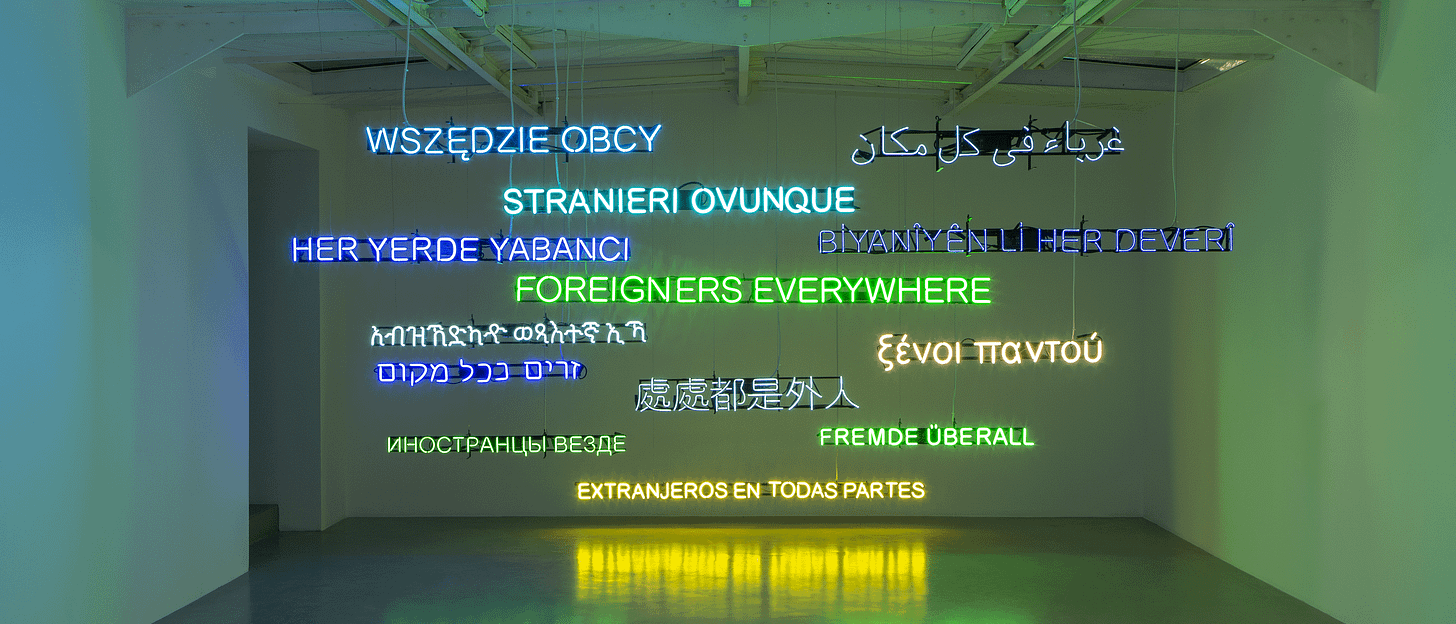

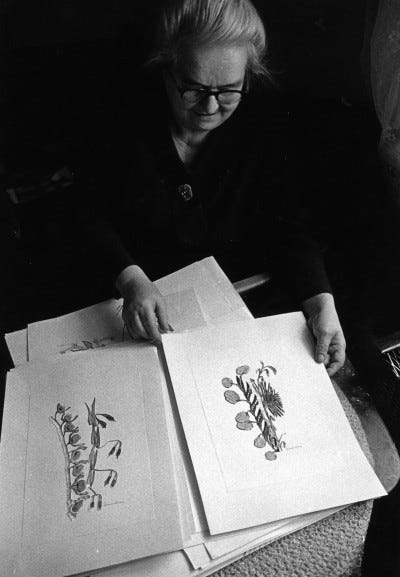
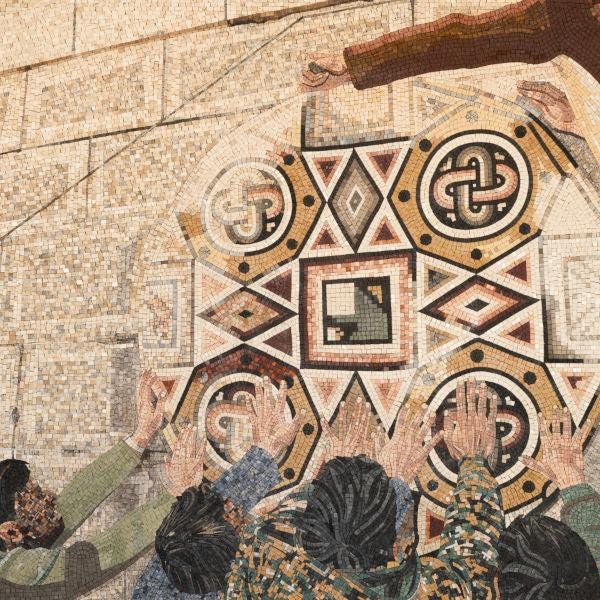
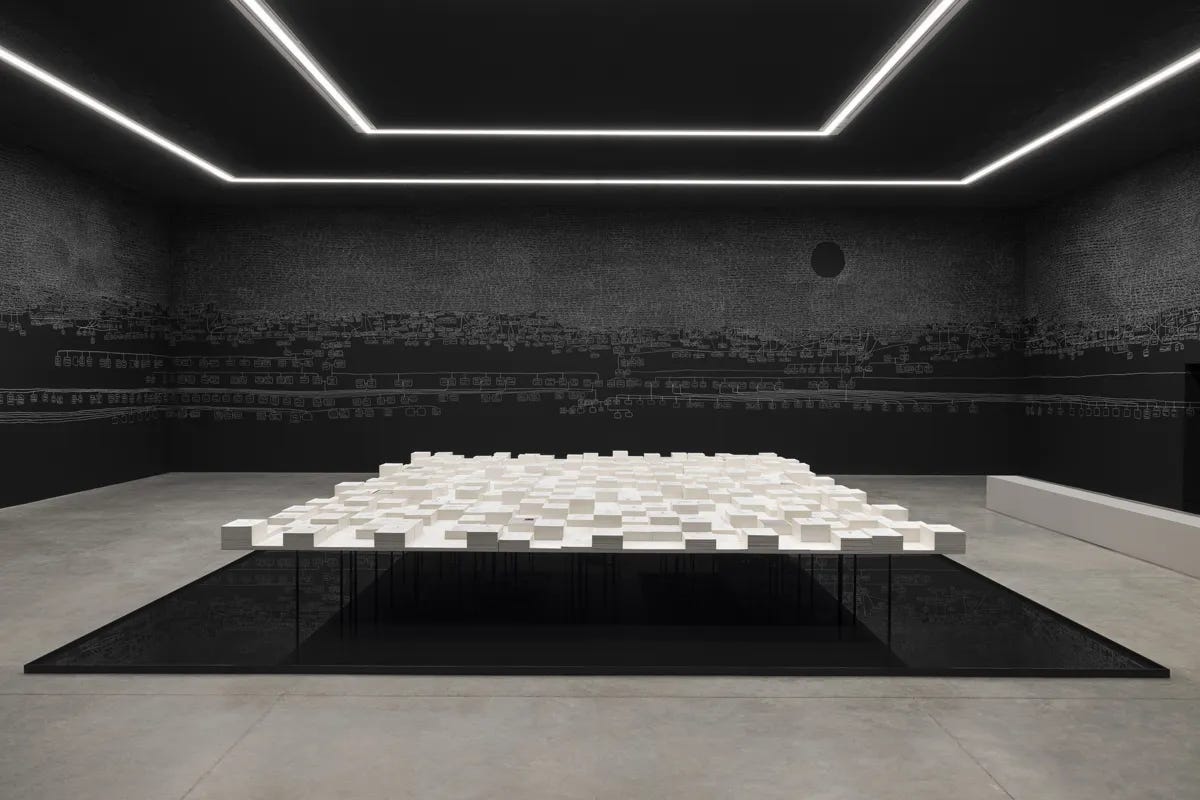
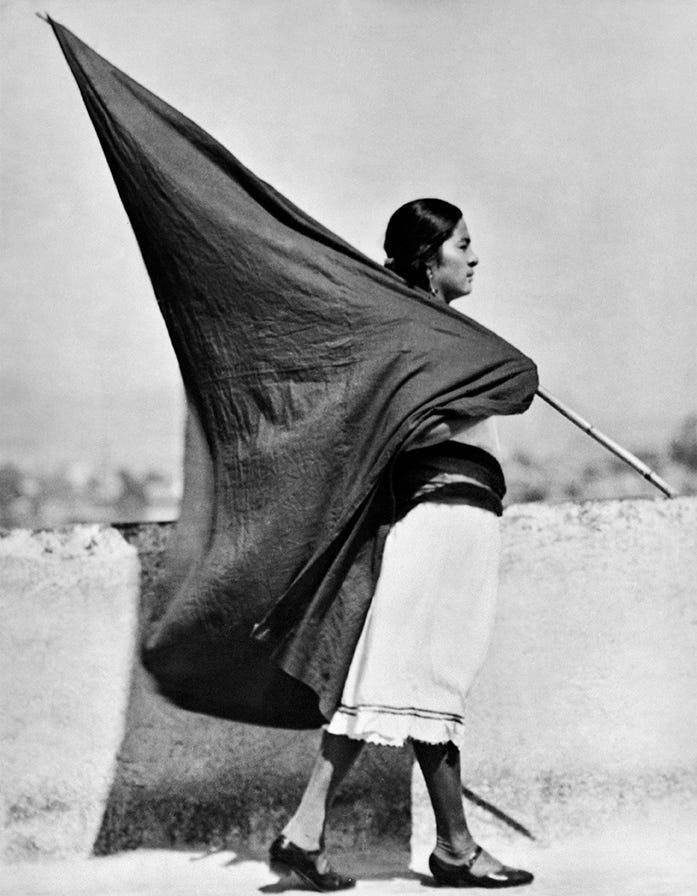
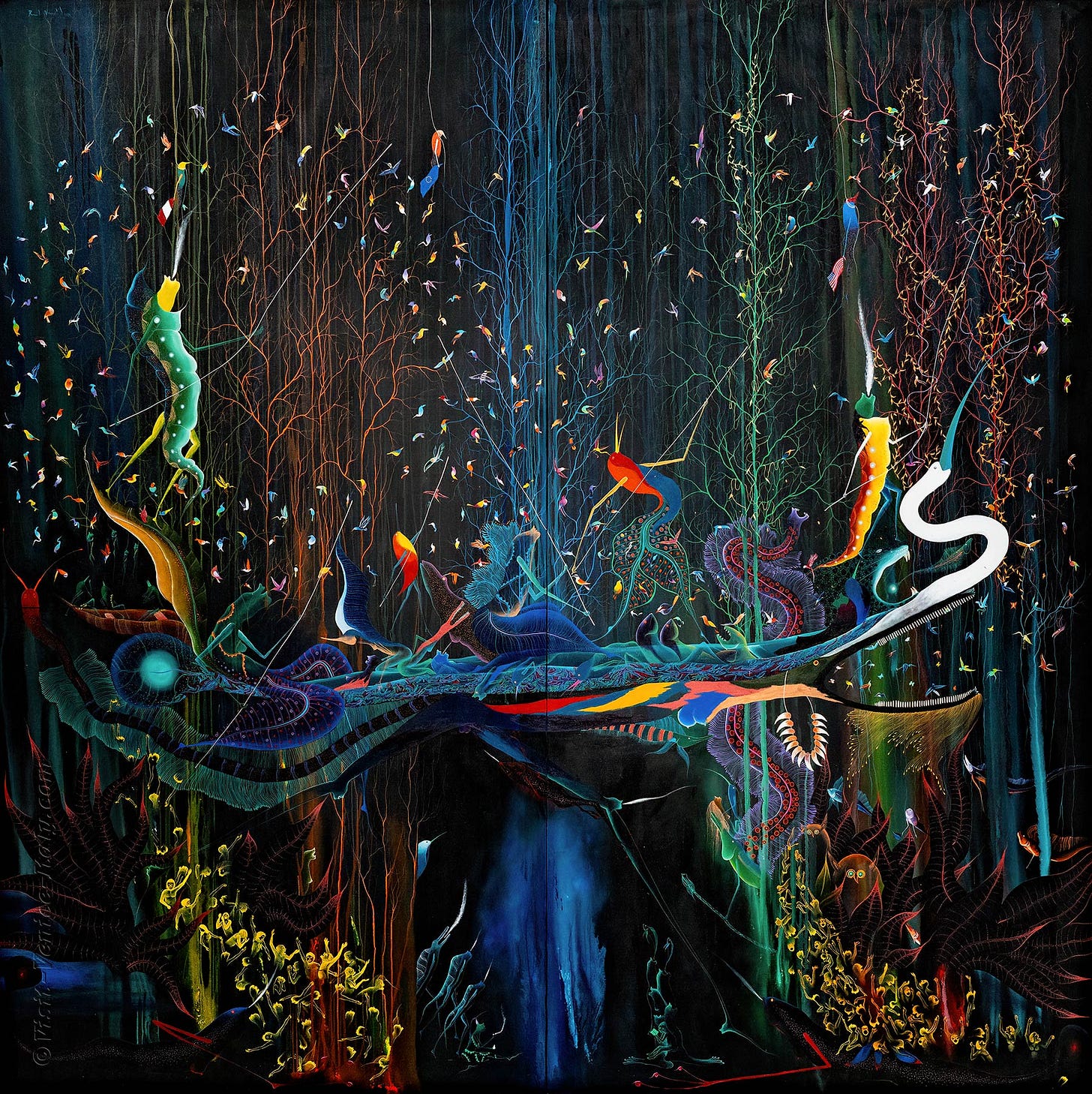
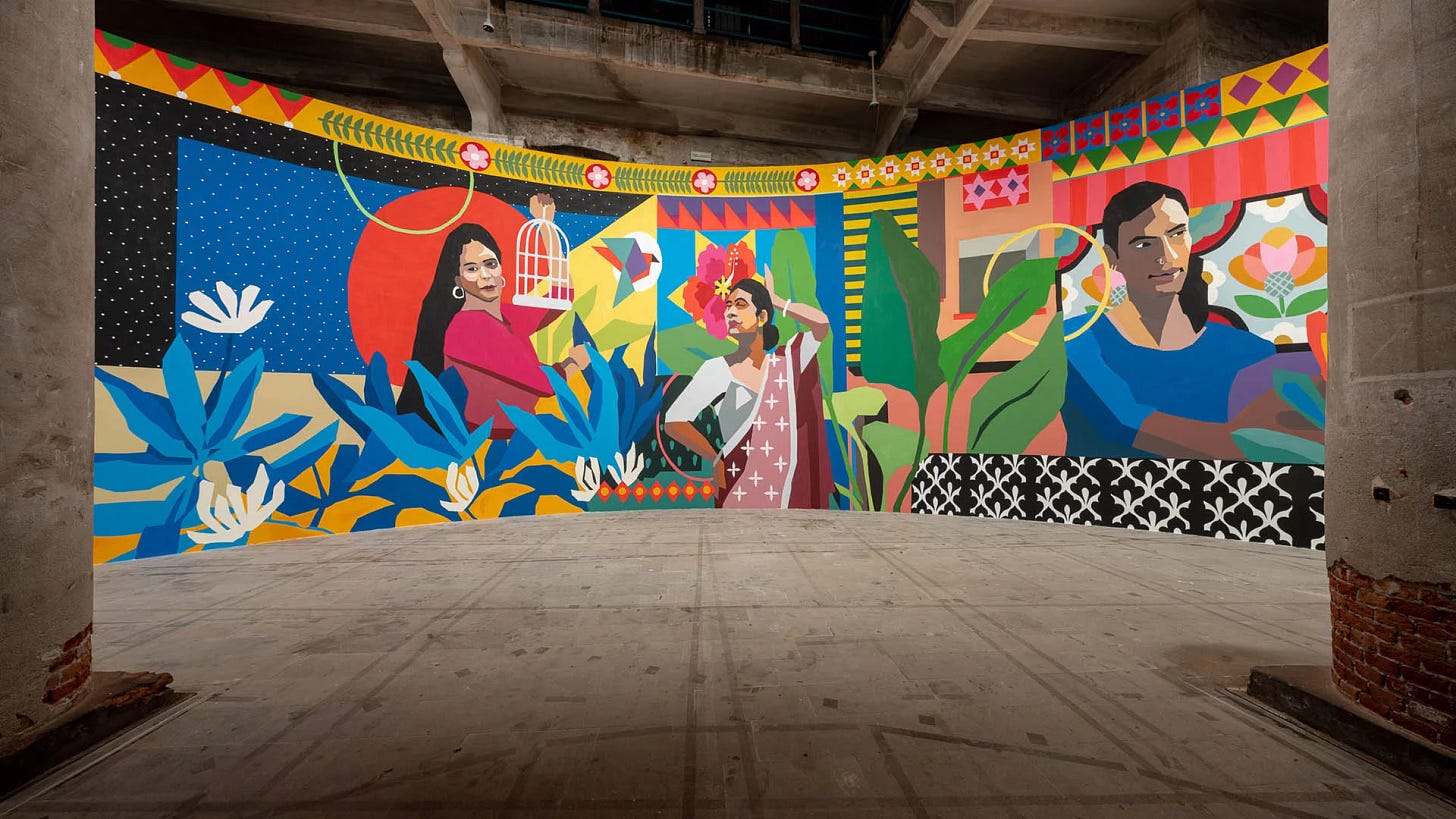
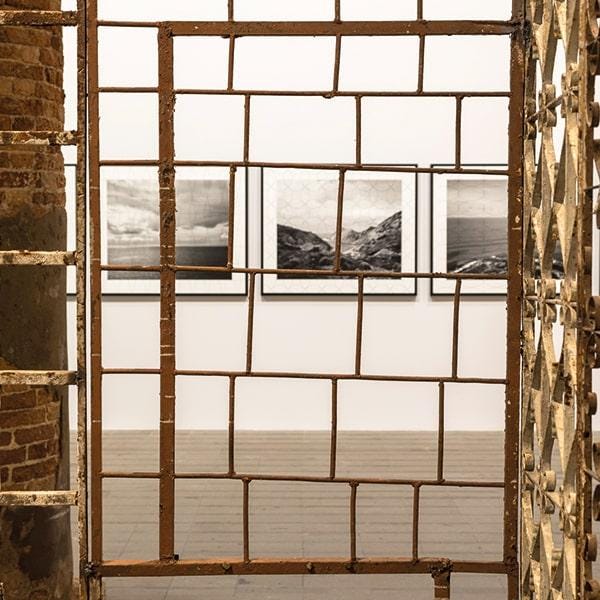
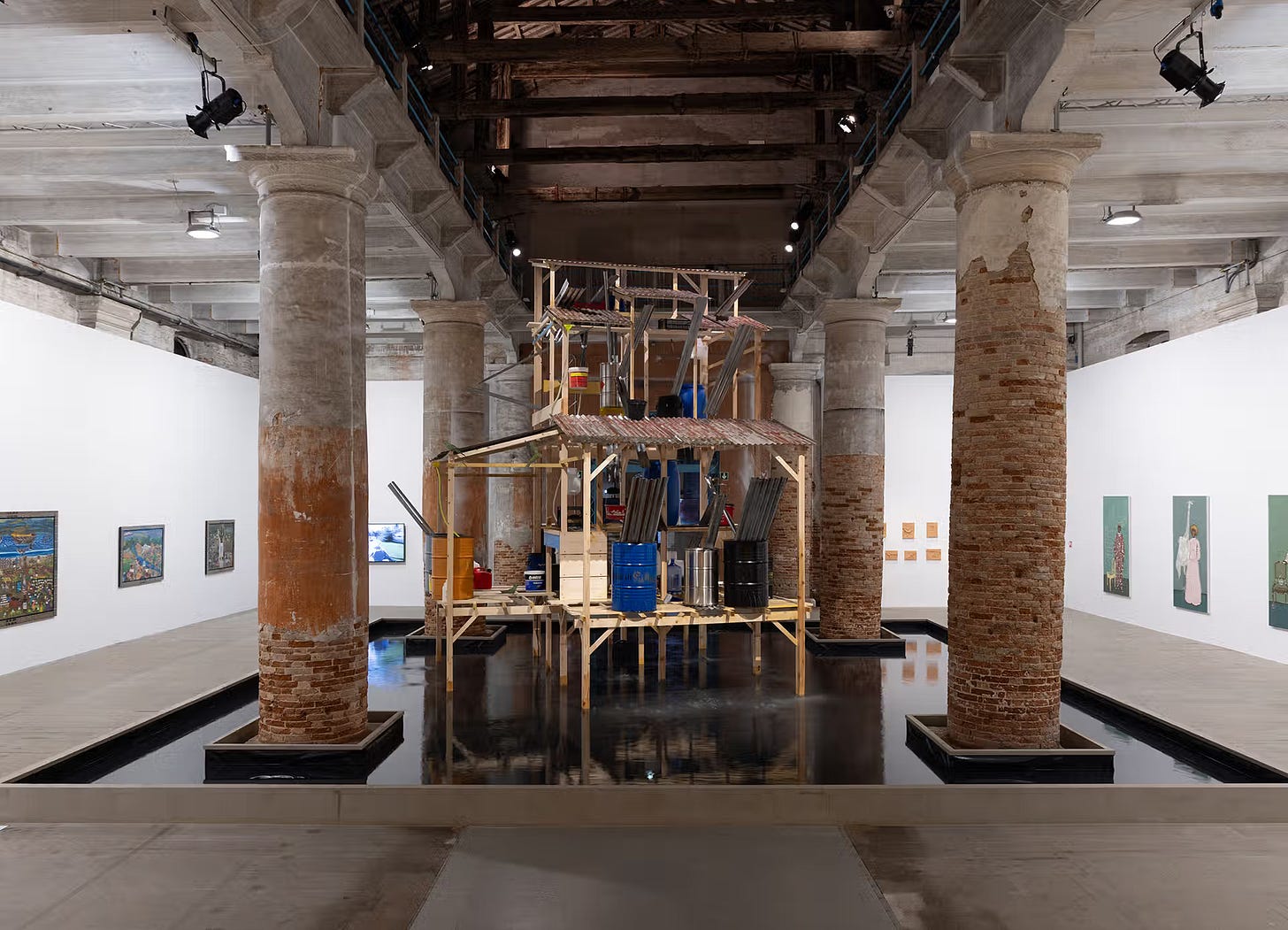
Thanks for this. I hope you have no objection to my sharing a link to this post via Bluesky?